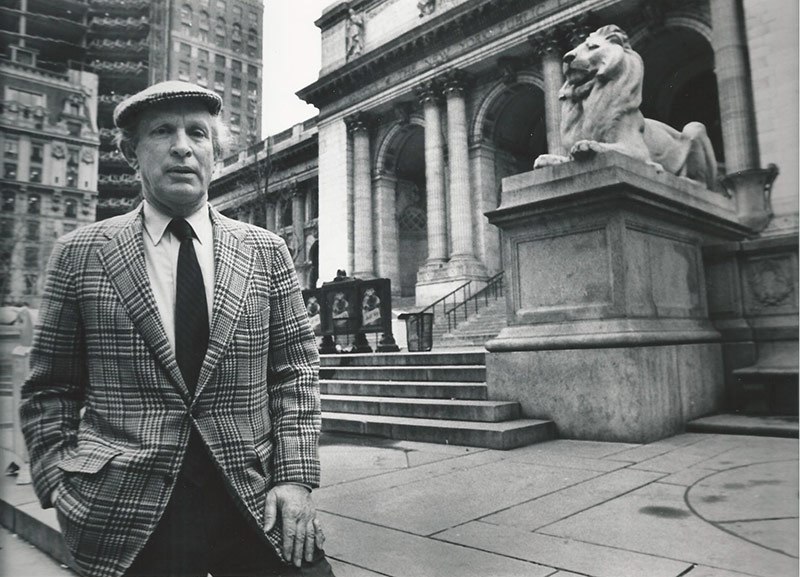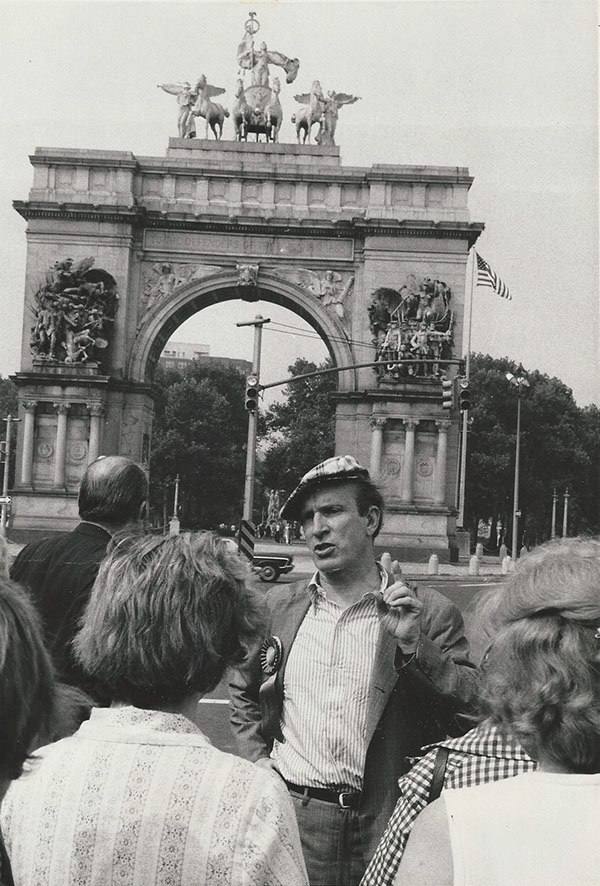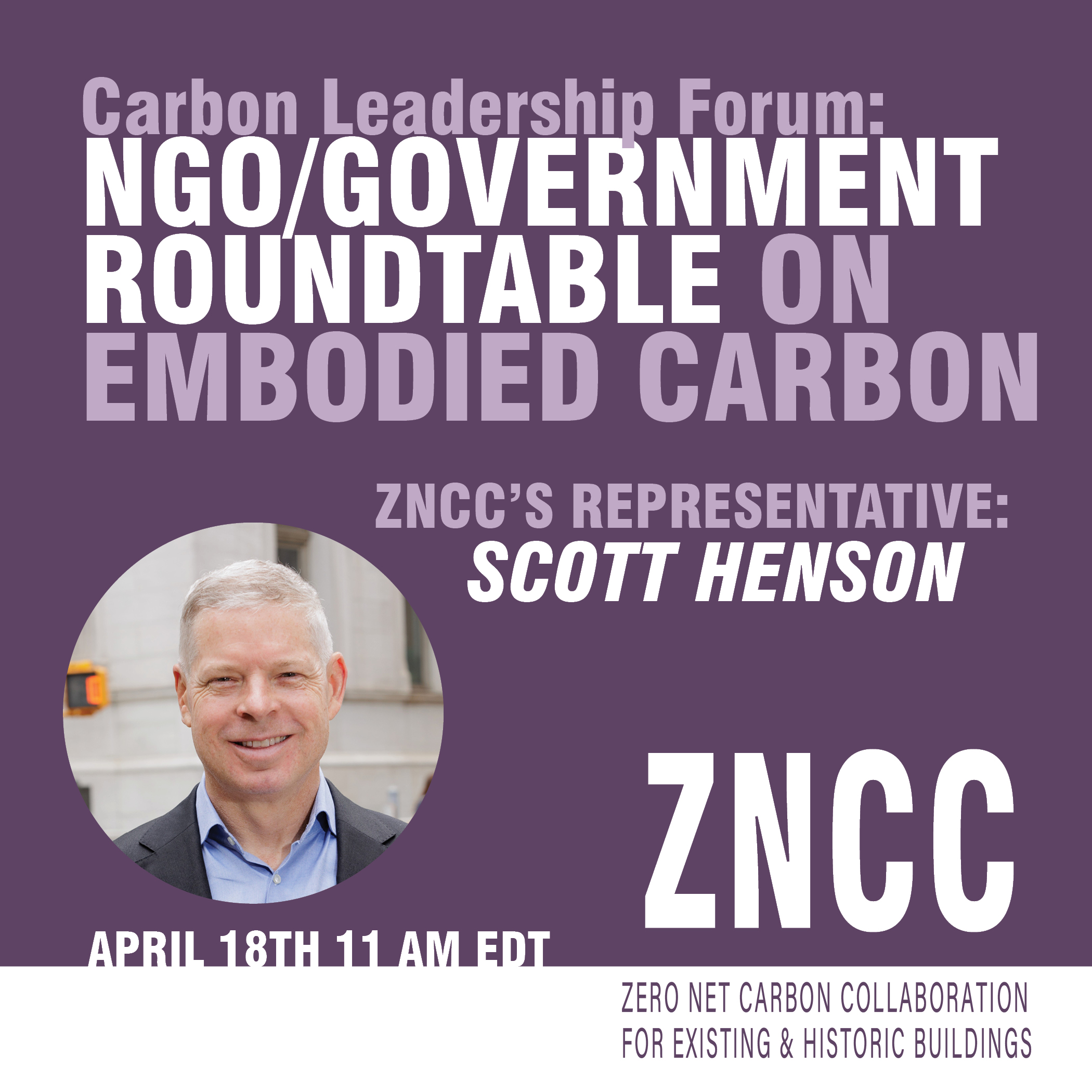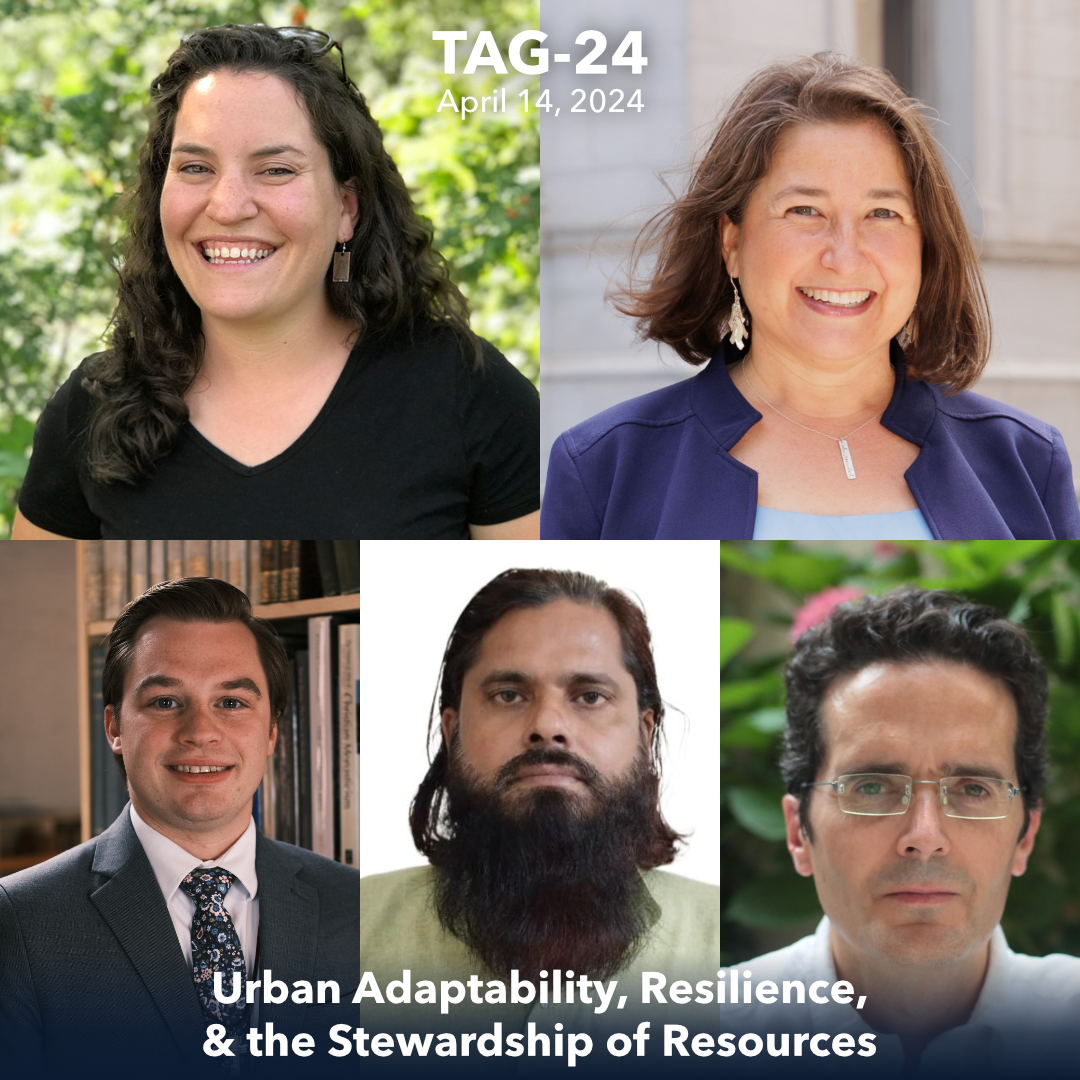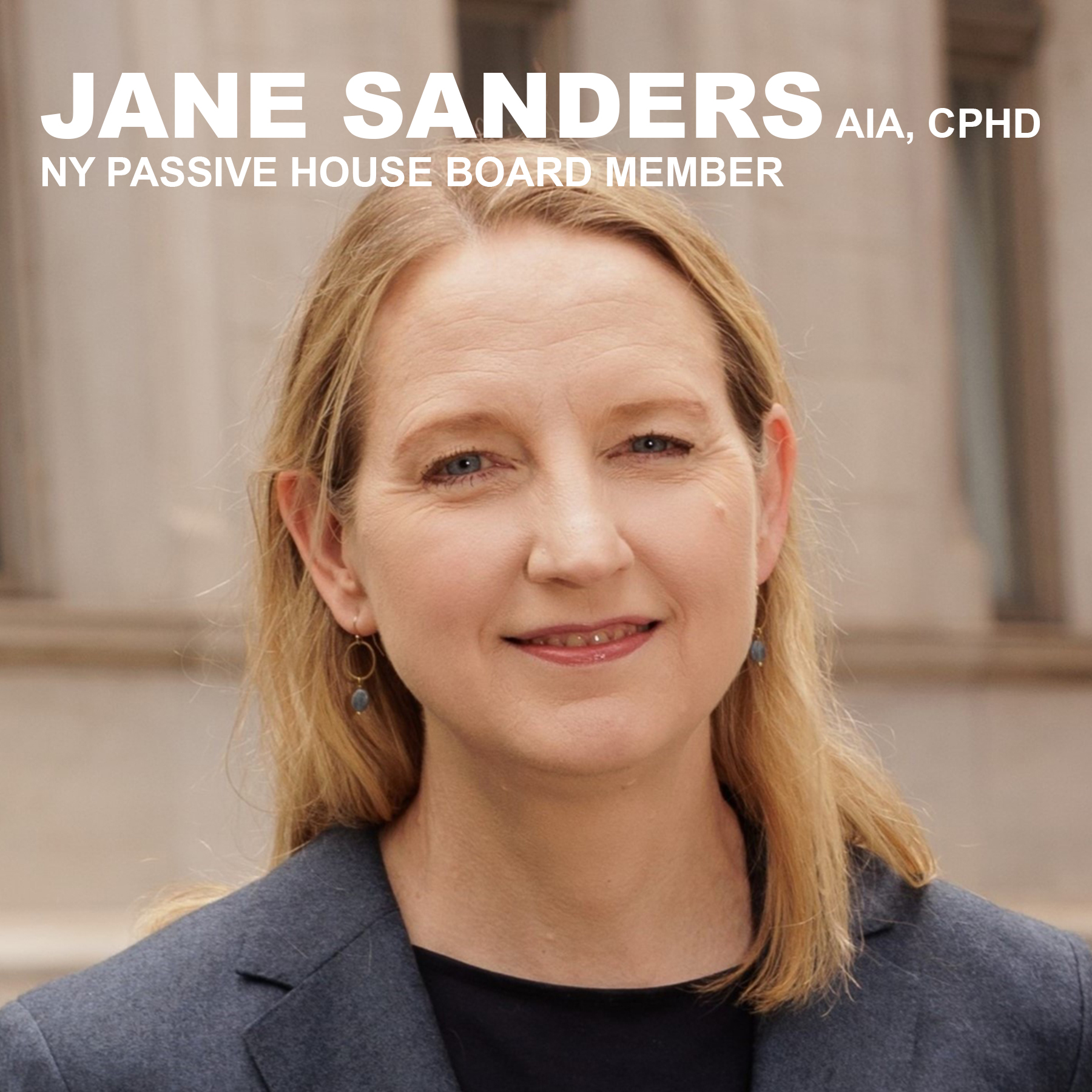Paul Gunther remembers the contrarian classicist in The Architect’s Newspaper.
Historian, author, and self-styled man of letters from an era when such amateurs had a loud voice in civic dialog and resulting public policy, Henry Hope Reed spent nearly a century working and living in Manhattan, which became his frame of architectural reference and the crucible of his ideas. He is the last surviving founder of the preservation movement with its alternative vision to the wholesale post war displacement essential to global modernist hegemony and its reliance on the car and attendant vertical hierarchies and linear sprawl.
His path attracted the label of nostalgia, if not outright reaction with its perceived rejection of all innovative design solutions, technologies, and divisions of labor in meeting contemporary needs. Over time, Reed went a step further, calling for a classical design vocabulary to be applied in all new construction in line with his vision of a past “Golden City” needlessly abandoned by the rupture of modernism. It is this singular perspective that finally earned his reputation as obstructionist curmudgeon. Brendan Gill once said his fellow critic and gadfly would not be happy until every subway car featured Corinthian pilasters at well-proportioned intervals.
His co-creation of Classical America in 1968 as a nonprofit organization devoted to advocacy, publications, and awards led eventually to its merger with the younger Institute of Classical Architecture, functioning nationwide today via 16 chapters dedicated to stemming the erosion of cultural memory by providing the achievements of the past as a resource for contemporary design. Reed’s opposition gave way to the more ecumenical pursuit of sustaining a body of knowledge for those seeking to understand and variously apply it. Marketplace realities were and remain a big reason why.
What was lost in the acerbic fray of his final career chapter, when many stopped listening, was his pioneering role in recognizing and in turn safeguarding Central Park as a work of landscape architecture. The pioneering founder of the Central Park Conservancy, Betsy Barlow Rogers, knows best. “Reed’s 1967 book Central Park: A History and Guide written when holding the title ‘Curator of Central Park,’ which he invented with the blessing of Mayor Lindsay, was my primer when, as a new New Yorker, I was discovering my adopted city’s green heart,” she said. Reed’s lead paragraph summons exemplary wit: “Many other well-informed persons believe that one day in the last century the city fenced off 840 rocky acres of Manhattan Island and declared them park.” He salvaged Olmsted and Vaux from the creative scrap heap, as Moses was busiest working to dismantle their now seminal contribution to the conjunction of nature and design.
A year earlier in 1966—a half decade before Earth Day—he implored Lindsay to ban car traffic from the park at all times. Reaction as radical progress; the Futurist, proto-modern vision of speeding vehicle versus man was called into doubt. While it took force on weekends, fifty years later his goal for a permanent ban still awaits the courage of self-described progressive officials, elected and appointed.
Reed also introduced America to the architectural walking tour in 1955, when New York’s Municipal Art Society agreed to his novel proposal inspired by the visites conference street lectures he had discovered in Paris. Like devotion to Central Park, it is strange to conceive of New York without them.
He also rescued several collections of Beaux-Arts practitioners at a time when their career contributions were deemed at best embarrassing in the face of curtain wall function. Columbia’s Avery Library and the New-York Historical Society were prime beneficiaries in the latter instance, featuring the full nationwide output of Cass Gilbert, including his centennial-celebrating Woolworth Building. The widow Gilbert had no other place to turn in mid-century.
In 2005, the School of Architecture at Notre Dame, with the support of Chicago investor Richard Driehaus, created the annual $50,000 Henry Hope Reed Award for “an individual working outside the practice of architecture who has supported the cultivation of the traditional city, its design, and art through writing, planning, or promotion.” It is bestowed every year along with the Driehaus Prize for Traditional Architecture, which for more than a decade has held forth as an alternative Pritzker Prize, despite its relative obscurity.
On Capitol Hill, July 5, 1955, the House Appropriations Committee of the 84th Congress considered the 1956 appropriation to the Department of Defense as Reed sat side by side with Frank Lloyd Wright. Unexpectedly allied in testimony critical of the initial Skidmore Owings & Merrill proposal for an Air Force Academy in the Rocky Mountain foothills of Colorado Springs, their complementary view was the absence of and necessity for some sort of anchoring gathering place of shared value. The renowned chapel thus began to take shape. Henry testified, “In the creation of an Air Force Academy the Government I believe is not taking advantage of a great opportunity to assert the tradition of building magnificently with the aid of all the arts. By doing so all Americans gain the opportunity to reaffirm the bonds of citizenship in visual form—an opportunity that this Government has not offered them up until now.”
The same debate continues today, made worse by tight budget battles, but finally the hopeful if often brittle theme of Reed’s lifelong research and clamor was the possibility of a stable and ennobling common wheal expressed through architecture in pursuit of a livable city. His personal classical solution was narrowly rule-bound but his driving civic hope was unlimited.

